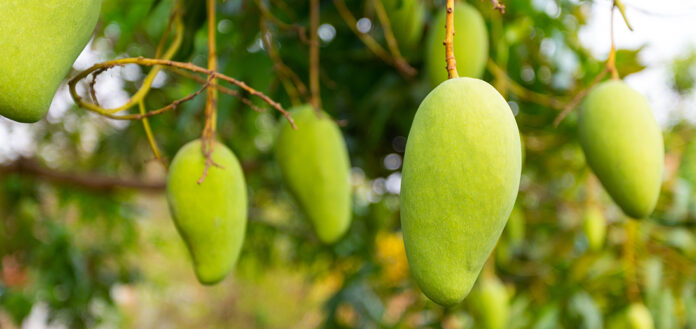Standing in the middle of his lush green mango orchards, Syed Ali Shah Darbelo can afford to smile. Weather advisories in his native home of Naushahro Feroze had been indicating soaring mercury levels in the month of March which would have been detrimental for his 50 acre mango farm. But even though he had been preparing for the worst, regular rain and an unseasonably cool month have left his trees blooming with all the signs of spring and a large harvest in the months to go.
But even as Darbelo and others like him take in the distinct scent of a mango orchard launching into full bloom, the happiness of these farmers is underlined with a sense of unease. Only last year the situation had been drastically different. The summer of 2022 was the hottest both Punjab and Sindh had seen in more than half a century. Average temperatures in mid-March (a vital time for mango trees) were soaring between 37-42 degrees, compared to the usual 34 degree temperature that this month sees in Punjab’s mango belt. This made the mangoes more susceptible to disease, premature ripening, and being of a lower quality. Overall, yields fell in both Punjab and Sindh although final data has still not been monitored by provincial crop monitoring departments. The content in this publication is expensive to produce. But unlike other journalistic outfits, business publications have to cover the very organizations that directly give them advertisements. Hence, this large source of revenue, which is the lifeblood of other media houses, is severely compromised on account of Profit’s no-compromise policy when it comes to our reporting. No wonder, Profit has lost multiple ad deals, worth tens of millions of rupees, due to stories that held big businesses to account. Hence, for our work to continue unfettered, it must be supported by discerning readers who know the value of quality business journalism, not just for the economy but for the society as a whole.To read the full article, subscribe and support independent business journalism in Pakistan


























Abdullah Niazi is senior proofreader at Benefit. He additionally covers farming and environmental change. He can be reached at
Moderate temps and enough rain are good for a healthy flowering process, which makes sure that the trees produce a lot of fruit.